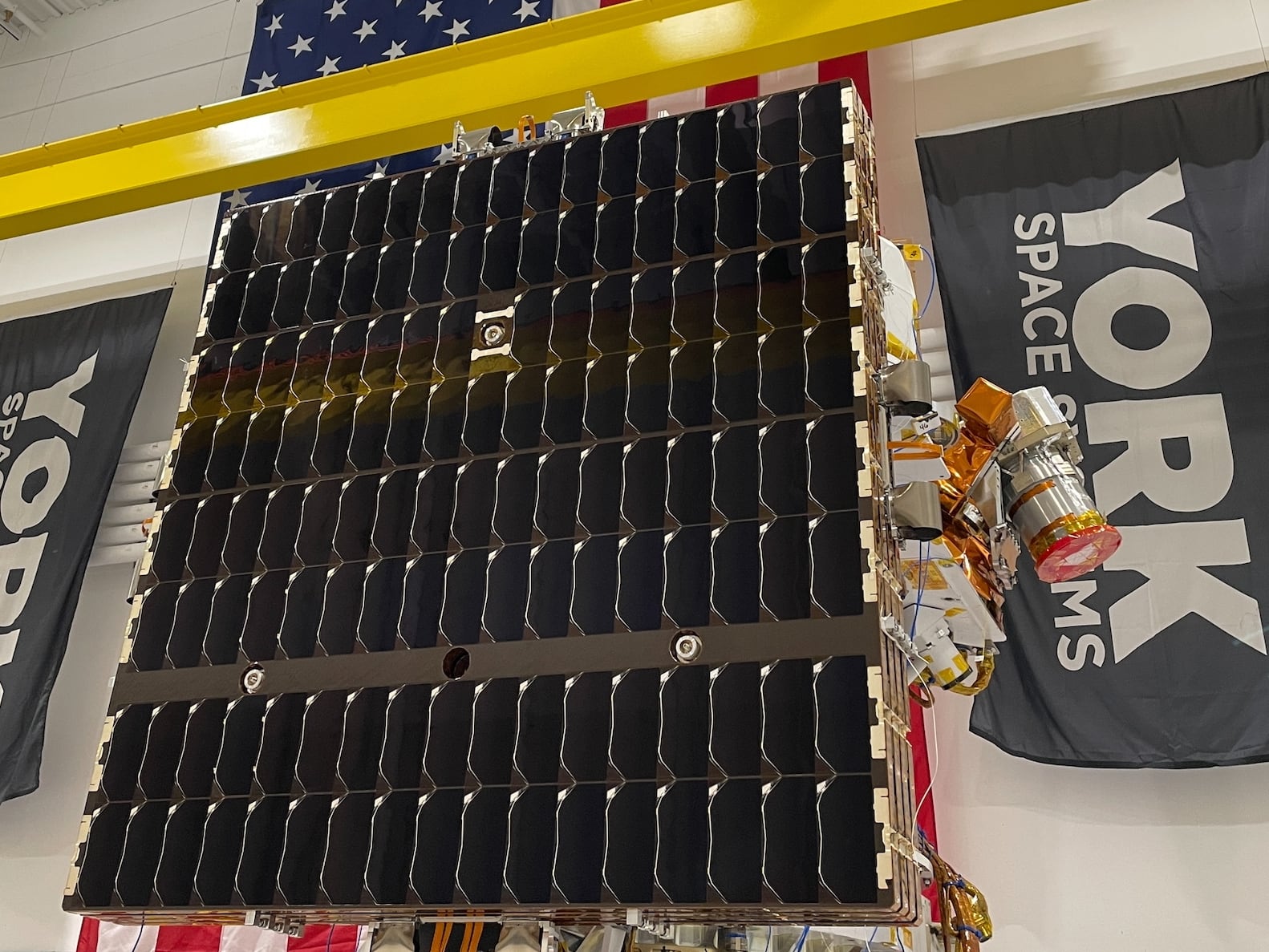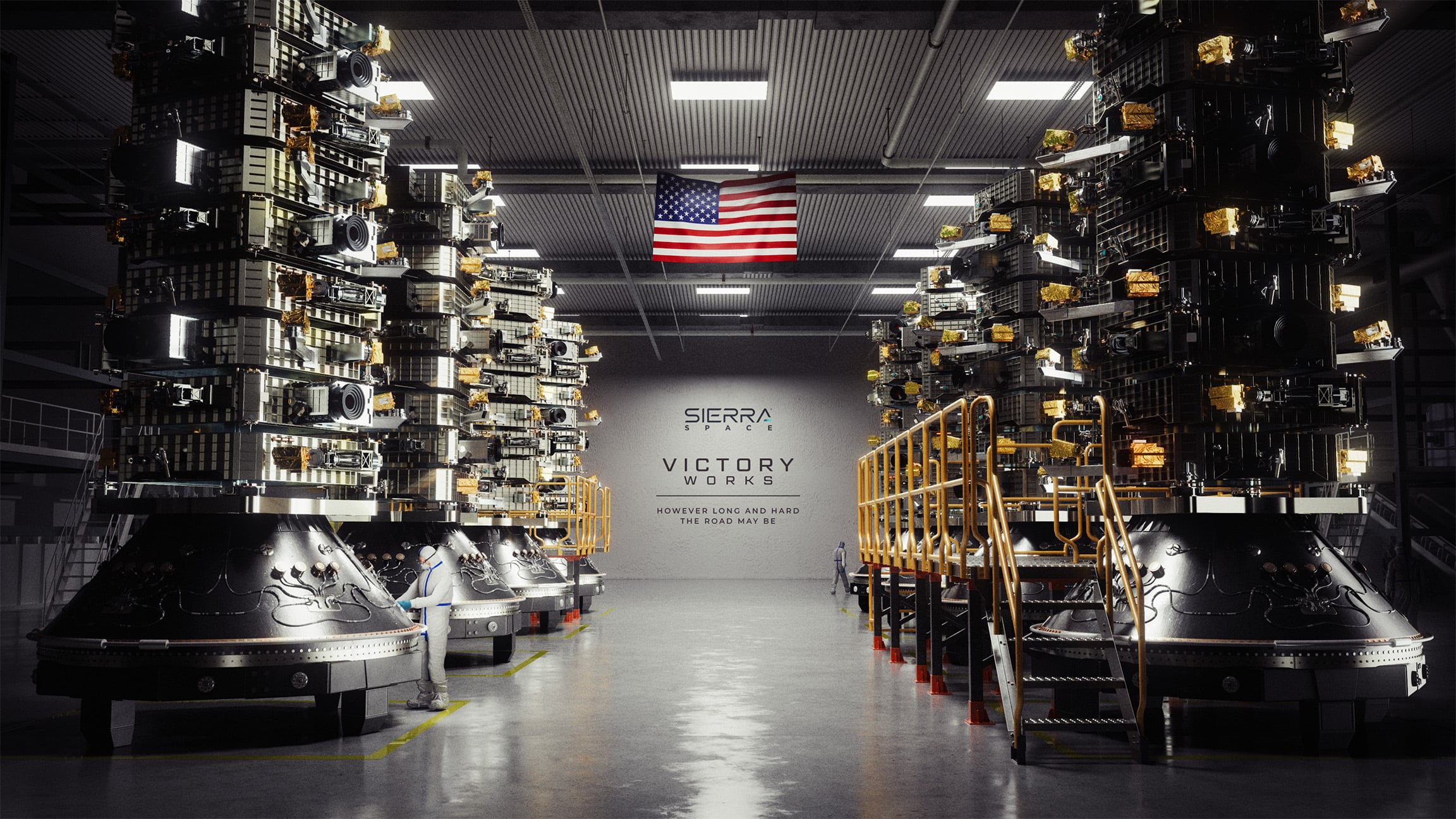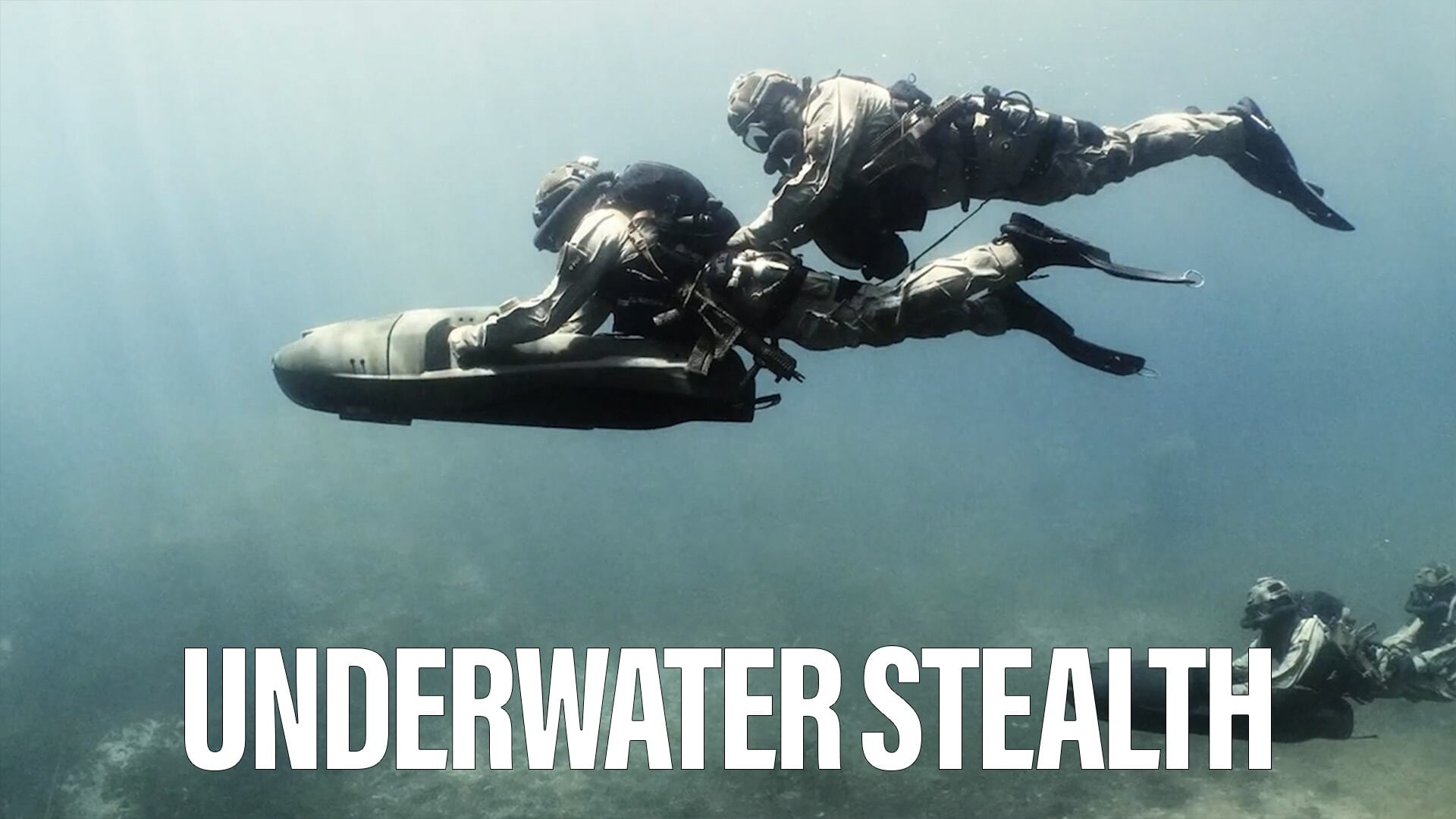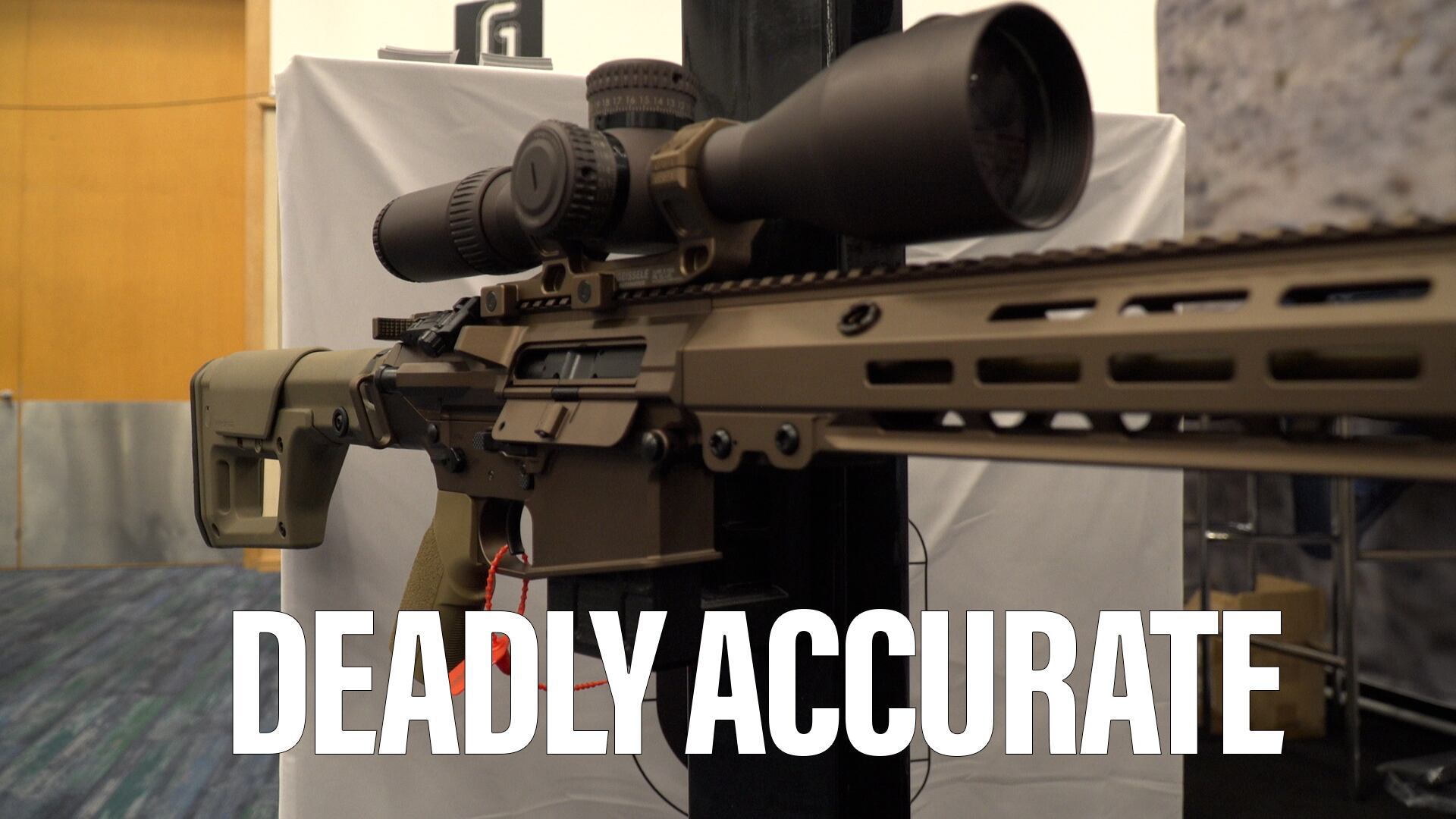National Geospatial-Intelligence Agency Deputy Director Sue Gordon is a veteran of the intelligence community, serving more than 25 years at the CIA, where she advised on cyber, ran the agency's information operations center and focused on cyber integration. She also served as chief architect behind In-Q-Tel, the CIA-launched nonprofit dedicated to developing innovative technologies for the intelligence community.
At NGA, Gordon is involved in many of the agency's most critical efforts, including the NGA acquisition framework, designed to accelerate the procurement process, and efforts to better integrate content and analytics in agency operations and offerings. She recently sat down with C4ISR & Networks Senior Staff Writer Amber Corrin to talk about NGA initiatives and where the agency is headed.
C4ISRNET: What are the things that you are most excited about right now?
SUE GORDON: The director's vision is what motivates me every day. And I think that sounds cliché. But it's just true. This is a big old goofy world. There are a lot of things happening from both a man-made and natural threat perspective, to which NGA has both an obligation and opportunity to contribute.
And on top of that, we have these incredibly vibrant commercial/private-sector investments in, if not the same space, (an) analogous space. So my quest is always to do those things that will allow us to get ever better at our jobs so that we are faster to deliver better analysis using all the capability that the agency, the community and the nation are asked to do. So it's a big quest to achieve that the director has had.
What that means for me personally is a need to drive technical architectures that are going to allow us to integrate content and analytic products in a manner that allows us to have more insightful answers.
C4ISRNET: What are you working on to achieve that integration?
GORDON: That has two elements. No. 1 is our own architecture to make sure that it is open, that we can drop in whatever is the new capability of the day in a timely manner. And the other is to make sure that we are full contributors to this grand quest of ICITE that, while it has some interesting efficiency aspects, to me implies integration in a way that we have not even seen. How do we make ourselves ready technically to play in the manner we are going to need to? So that's a big area.
A subset of that major quest is how do we make ourselves attractive to our industry partners? That is, how are we good to work with? How do we have an environment where if they've got solutions, they can present them to us and we can interact with them in a way that is fast? And the other half is how do we contribute to what they are doing? Because what's interesting about our space is that it's not just limited to the government now. You have geographers everywhere. You have the online communities of the [geographic information system] environment and you need their contributions. We need to be players with them.
The third thing that I'm focused on is making sure we're prepared to deal with the open-content explosion. And deal with it in a way that's seamless so that I don't create new stovepipes of information at the exact same moment that there is a community where we have broken down the old stovepipes of information that we used to have.
We can't afford for open content to be a separate path. So my third big area is just making sure that we're ready to take advantage of this huge explosion in open content.
C4ISRNET: A big part of taking advantage of different types of intelligence and working with industry involves your acquisition framework — the ability to quickly buy and insert new technologies. Earlier this year you released plans for a new acquisition framework. Where does that stand?
GORDON: It's my baby. Maybe it is my heritage; maybe because at the CIA I was involved in the standup of In-Q-Tel. There is just such a mismatch between the big systems that we built based off major system acquisition models and the way innovations are happening now, where a company will appear and disappear before you have had a chance to take advantage of it. We had to do something to make sure that the best ideas could get to us and that we could issue our challenges to the broadest audience.
Our first step was to make it incredibly clear to our workforce … that they are to use all the mechanisms available to them. That if it's not specifically prohibited by law or by statute that I expect them to explore it, whether that's vehicles to other partners that are used, such as [General Services Administration] schedules. That's their obligation, to be able to use all the paths that are available.
Step two we have just completed — that's to look at our own internal processes to focus on clear articulation of mission and business case. Because, quite frankly, successful engagement with industry starts with a simple idea of knowing what you want to do. So we have now focused internally on streamlining our own process and governance so it is a really clear thread of control that our acquisitions are tied to business need and mission case.
The third step that we have not yet completed will be a scrub of internal processes to make sure that we are as efficient in the execution of that intent as humanly possible. We are going to clean up the processes to make sure that we aren't overburdening ourselves with things that we don't need. And that's about speed.
C4ISRNET: You've mentioned the need for "sandboxes" in a few different contexts — for example, to test out GEOINT capabilities, or to explore different ways to meet requirements. Can you tell us more about the concept and what you're doing?
GORDON: One thing we have is the GEOINT Solutions Marketplace. That idea was so that we could articulate our needs and private parties could express their interest and hopefully we would have one place where we could be matchmaking.
But it's more an exchange of paper and ideas than of real things. The real challenge goes back to my issue about how do you get transition and transportation of real solutions into our space? The idea of a sandbox is to kind of create an unclassified environment where against some known data sets you can demonstrate the capabilities of your tool in a manner that allows us to know that they'd work in our environment. And we think the only way this really works is if it's an unclassified sandbox, but can demonstrate security features. So we're probably less than six months away from having the unclassified sandbox available.
In a way, our Pathfinder program is a sandbox. It's the idea of working out in the unclassified environment with industry to play together to see what works and what doesn't work, and what we can bring back inside.
I'll call it a sprint effort to force us to learn how to succeed in the open by giving a group of 20 intrepid analysts the opportunity to pursue challenge questions using only unclassified content and unclassified tools. We've set up an environment that has data in it [that] they can share with each other. They can bring in tools and they can bring in data feeds into this environment to help them learn how you would apply our mission in the open.
The most interesting part is our analysts learning how to be new-age hunters and gatherers. We've just taken away that world where things are plopped on their desk that they have to respond to. They're now out hunting in a new way, so it will demonstrate the tools and techniques available on the outside to find how we might bring them inside if they are useful. And also how to use the richness of the open content in a way that we might not be thinking about because we are just so used to the [classified] world.








